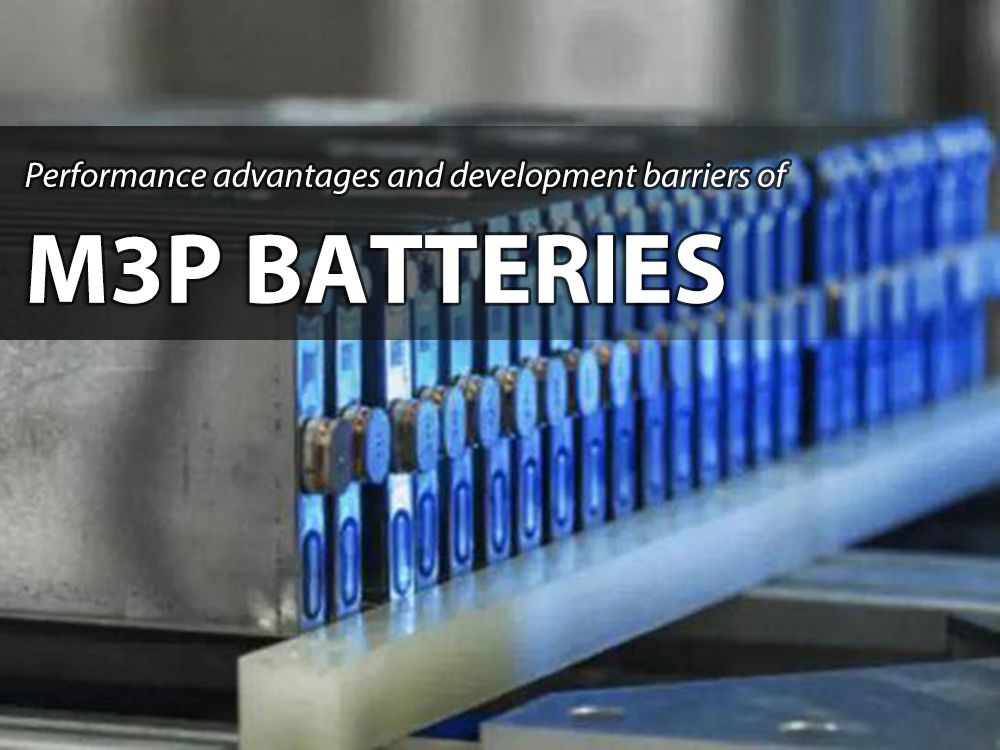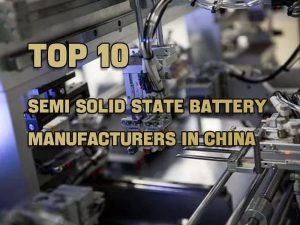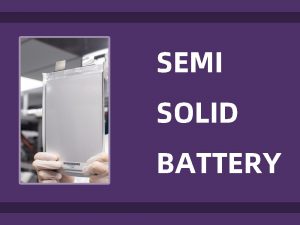Performance advantages and development barriers of M3P battery
M3P battery is a ternary material battery of phosphate system. According to the official explanation of CATL in Chinese top 10 lithium iron phosphate power battery manufacturers, M3P battery does not belong to lithium manganese iron phosphate, and other metal elements are added to the positive electrode material.
Unlike lithium iron phosphate and ternary lithium batteries, M3P is a material innovation based on lithium manganese iron phosphate, which belongs to a new technology route. M is an abbreviation for Metal, M3 represents three metal elements (so-called ternary), and P represents phosphorus, that is, the structure is still the olivine structure composed of phosphate radicals in LFP.

It can be understood as a combination of three phosphate compounds (lithium iron phosphate + lithium manganese phosphate + lithium magnesium phosphate), which does not break away from the technical route of lithium iron manganese in essence (lithium iron manganese is essentially lithium iron phosphate doped with manganese).
Catl Chairman Zeng Yuqun pointed out in recent investors’ activities, “The new product M3P launched by the company is not lithium manganese phosphate iron, but also contains other metal elements. The company calls the ternary of phosphate system, which is reduced by ternary, but it still occupies a certain cost of new energy vehicles.
The energy density of the M3P battery is higher than the lithium iron phosphate battery, and the energy density reaches 210Wh/kg, an increase of 20%.
This level is close to the nickel ternary lithium battery. At the same time as the energy density advantage, the manufacturing cost of the M3P battery is close to the lithium iron phosphate, about 0.8-0.85RMB/WH.
In addition, the M3P battery based on the phosphate system also inherits the characteristics of high lithium iron phosphate battery safety and long life.
M3P battery performance advantages
In terms of performance advantages, we believe that M3P uses binary doping to optimize the performance of lithium manganese iron phosphate by doping magnesium, and has the advantages of energy density and cycle performance while maintaining low cost and high safety.
Related papers pointed out that the doping of magnesium ions and manganese ions did not change the structure of lithium iron phosphate.
The particle size distribution is uniform, and the doping of metal ions makes lithium iron phosphate have better charge and discharge capacity and cycle stability, and the electrochemical performance is greatly improved.
The doping of Mg ions changes the crystal structure of the material, which is more conducive to the diffusion of lithium ions and improves the conductivity of the material.
Comparison of discharge curves between lithium manganese iron phosphate and lithium iron phosphate
Comparison of discharge curves between lithium magnesium iron phosphate and lithium iron phosphate
M3P synthesis process
The synthesis process of M3P is similar to the lithium manganese iron phosphate process. Lithium manganese iron phosphate is also a kind of M3P in a broad sense (M3P with magnesium addition close to 0), so the synthesis method and production technology of M3P will be mainly based on the technology of lithium manganese iron phosphate.
Lithium manganese iron phosphate is mainly used in industry as high-temperature solid-state reaction method, hydrothermal synthesis method, and co-precipitation method.
These three methods can not only be used in large-scale production, at the same time, the synthesis process is easy to combine with material modification processes such as carbon coating, nanometerization, and bulk phase impurity.
In addition, there are three other preparation methods for lithium iron manganese: carbothermal reduction method, solution-gel method, and Template method, but the process is relatively complicated and it is difficult to realize commercialization.
Comparison of various production processes
| Process method | Process route | Advantage | Disadvantage |
| Solid-phase method | High temperature solid-phase method | Easy to industrialize | Difficult to control product crystal form and particle size |
| Carbothermal reduction method | Easy to industrialize, reduce production cost, improve electrical conductivity | The reaction is not easy to control, and it is easy to generate impurity iron | |
| liquid phase method | Hydrothermal synthesis method | The crystal form and particle size are easy to control, and the synthesis temperature is low and the time is short | Poor product purity, high cost and difficult equipment maintenance |
| Sol-gel method | The product has high purity, good shape, low processing temperature, easy control of the reaction process, and simple equipment | The process steps are complicated, the raw materials are expensive and harmful to the environment, and the large-scale production is difficult | |
| Coprecipitation method | Easy to control size and shape | The reaction conditions are harsh, the post-treatment process is complicated, and it is difficult to produce on a large scale | |
| Other | Template method | Easy to control size and shape | The reaction conditions are harsh, the post-treatment process is complicated, and it is difficult to produce on a large scale |
M3P modification process speculation
At present, Dynanonic is the leading enterprise in the industry in the industrialization of manganese-iron-lithium, followed by Litai Lithium Energy, one of the top 10 lithium ion battery manufacturers in China BYD, Guoxuan Hi-Tech and other companies. According to the corresponding patent, we summarize its modification method as follows:
From the above table, at present, there are many R&D methods of manganese-lithium-coated/coated NCM ternary, which is the current mainstream route of manganese-lithium modification technology.
In addition, nanotechnology and carbon coating technology also have certain applications.
Considering the positioning of the M3P battery, we believe that it will not use ternary coating, but will use cost-effective modification methods such as nano-scale, carbon coating, or micro-morphology regulation.
| Manufacturers | Process method | Modification technology |
| Dynanonic | liquid phase method | Ternary coated LMFP |
| liquid phase method | Nanoization | |
| Litai Lithium Energy | liquid phase method | Carbon Coated |
| Solid-phase method | LMFP coated ternary | |
| BYD | Solid-phase method | Nanoization |
| Hydrothermal synthesis method | LMFP coated LFP | |
| Hydrothermal synthesis method | LMFP coated ternary | |
| Coprecipitation method | Carbon Coated | |
| Guoxuan Hi-Tech | Hydrothermal synthesis method | Precursor design+homogenization |
| Carbothermal reduction | Titanium nitride and carbon double coating | |
| Coprecipitation+hydrothermal | Lithium iron phosphate/carbon coating | |
| High temperature solid-phase method | Microscopic morphology regulation | |
| Hydrothermal synthesis method | LMFP coated ternary |



























